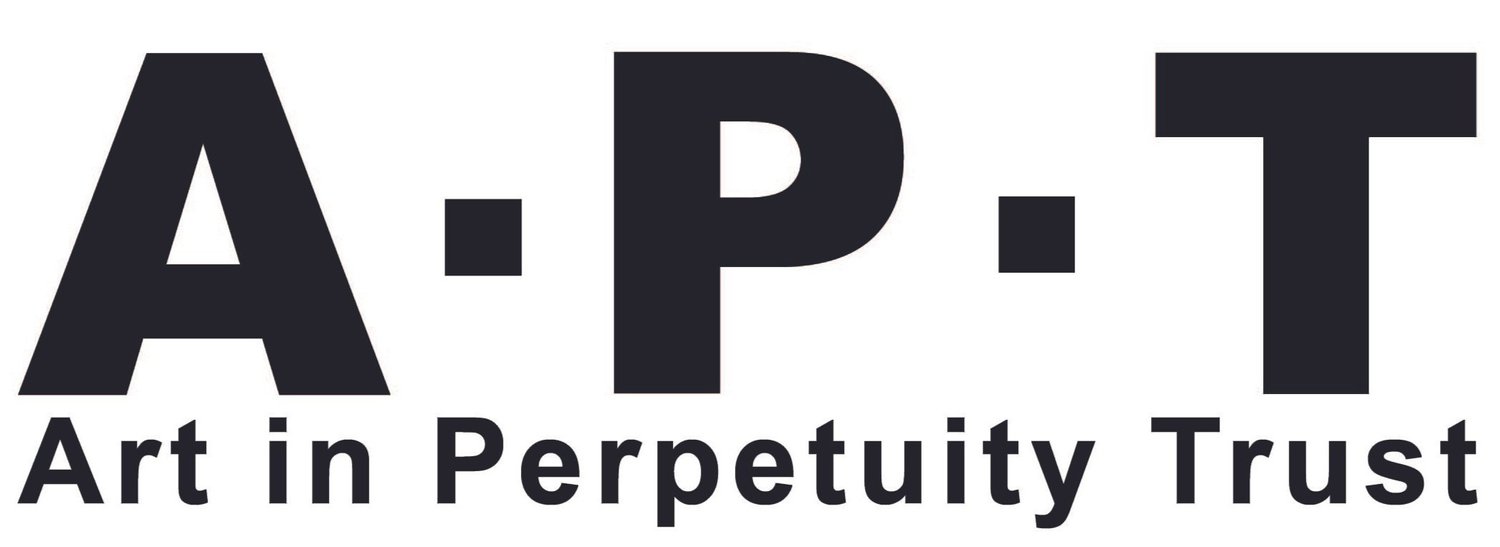Darkness Visible
27 March - 13 April 2025
Private View :
Thursday 27th March 2025
An exhibition of painting, installation, film and performance that takes the simple idea of light emanating from darkness as a starting point to explore deeper themes of the unseen, the psyche, memory, otherness, loss, love, and the space between us.
Darkness Visible
Darkness Visible was first proposed by the late artist, lecturer and former Chair of Contemporary British Painting Judith Tucker. Exhibiting artists explore the potential of light and dark in painting, installation and film to examine wider social and philosophical concepts.
In the gallery entrance a mirrored installation by Davis & Hibbs bounces a fragmented version of us back to ourselves. This work will be activated through live performance and music at the closing event. In 2023 John Moores Painting Prize winner Graham Crowley’s work, an acid yellow light floods into the shadows of an empty workshop. Casper White, Natalie Dowse, Donna Mclean and Geraldine Swayne hold momentarily still in paint the movie and Tik Tok images we consume on illuminated screens. In Tucker’s own painting a ghostly photograph from the artist’s disrupted heritage is viewed through a diasporic lens. Anne-Marie Creamer’s film ‘Dear Friend, I Can No Longer Hear Your Voice’, commissioned by the Sir John Soane Museum, narrating the haunting, shadowed presence of a lost love, will have a dedicated showing followed by an artist Q & A.
Artists
Events
27 March 6-8pm: Private View
5 April 2-4pm: ‘On Shadows’ A public workshop led by Lesley Bunch exploring psychology, myth and aesthetics of shadows. Attendees are asked to bring a phone camera, an object, and materials they would like to use.
(Free entry. Bookings required, tickets available through Eventbrite here)
9 April 6-8pm: Screening of Ann-Marie Creamer’s film ‘Dear Friend I Can No Longer Hear Your Voice’
Book your free ticket here
13 April 2-4pm: Finissage with performance by movement artist Jamal Sterrett and composer for modular synths Ben Lancaster in response to the installation of Rosalind Davis & Justin Hibbs
Supported by


